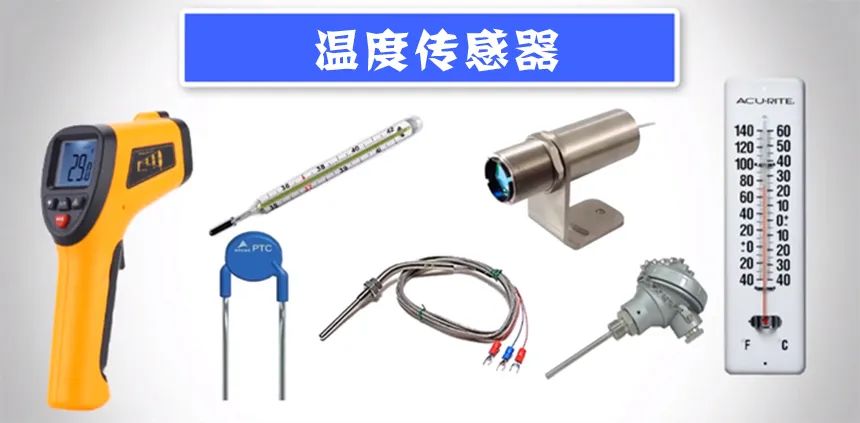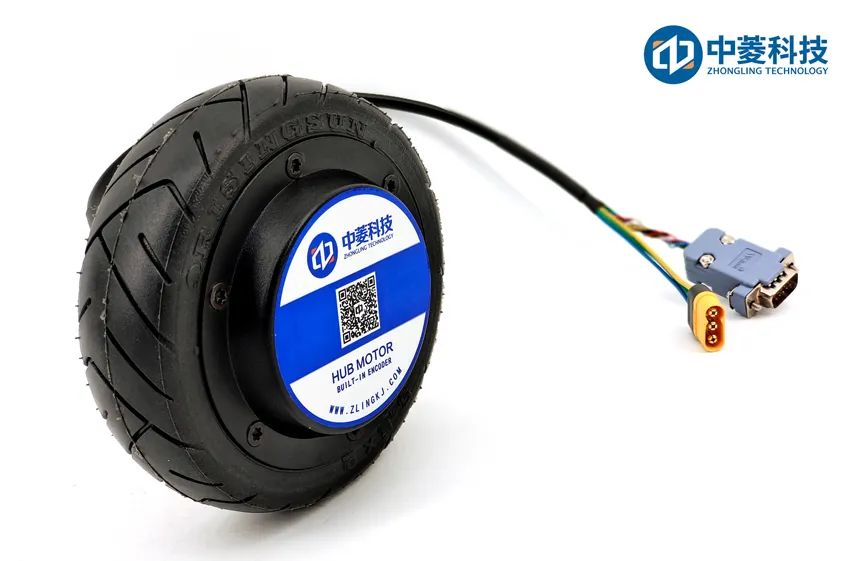1: What is a temperature sensor?
A temperature sensor refers to a sensor that can sense temperature and convert it into a usable output signal. Temperature sensors are the core part of temperature measuring instruments, with a wide variety of types. According to measurement methods, it can be divided into two categories: contact type and non-contact type. According to the characteristics of sensor materials and electronic components, it can be divided into two categories: thermistor and thermocouple.
Temperature sensors are the earliest developed and most widely used type of sensor. The market share of temperature sensors far exceeds that of other sensors. Since the early 17th century, people have been using temperature for measurement. With the support of semiconductor technology, this century has successively developed semiconductor thermocouple sensors, PN junction temperature sensors, and integrated temperature sensors. Correspondingly, based on the interaction law between waves and matter, acoustic temperature sensors, infrared sensors, and microwave sensors have been developed successively. Temperature sensors are the most commonly used among a variety of sensors. Modern temperature sensors have a very small shape, which makes them widely used in various fields of production practice and provides countless conveniences and functions for people's lives.
There are four main types of temperature sensors: thermocouples, thermistors, resistance temperature detectors (RTDs), and IC temperature sensors. IC temperature sensors include two types: analog output and digital output.

2: Working principle of temperature sensor
As a sensor, it is nothing more than converting one form of energy into another form of energy. There are two types of conversion forms: active and passive. Active sensors can directly convert one form of energy into another without the need for external energy or excitation sources. Passive sensors cannot directly convert energy forms, but they can control the input energy or excitation energy from another input end. Sensors undertake the task of converting specific characteristics of an object or process into quantities. Its "objects" can be solids, liquids, or gases, and their states can be static or dynamic (i.e. process). The object characteristics can be detected in various ways after being transformed and quantified. The characteristics of an object can be physical or chemical. According to its working principle, it converts object characteristics or state parameters into measurable electrical quantities, then separates this electrical signal and sends it to the sensor system for evaluation or labeling, thus ending the sensor's operation.
3: Temperature sensor applications
In today's rapidly developing technology, electronic temperature sensors have been widely used in various industries and fields that require temperature monitoring, such as biopharmaceuticals, sterile rooms, clean factories, telecommunications, banks, libraries, archives, cultural relics centers, intelligent buildings, etc., due to their important role in ensuring safety.
In the field of industrial production, there are very high requirements for the working temperature environment of motors. As different production equipment has different requirements for working temperature, people usually need the working temperature of motors to be within a safe range in order to continuously deliver stable power.
4: How does the temperature sensor function during the operation of the motor?
1. Monitoring temperature during motor operation
We all know that different devices often generate heat during long-term operation, and the accumulation of heat to a certain extent may pose a danger. Therefore, real-time temperature detection is necessary at this time. By using high-temperature detection equipment, the temperature generated during the operation of the motor can be detected, and an early warning will be issued when the temperature reaches a certain level.
Due to the sensitivity of this device to temperature changes, when the motor temperature reaches the warning value, this device can provide a temperature warning, prompt people to take timely cooling treatment, or shut down or heat dissipation treatment, so as to ensure that the temperature drops in time, which has a very good effect on actual temperature control.
Through temperature detection, it is convenient for people to control the motor and ensure its safe operation. During the operation of the motor, a temperature sensor is an essential device.

Mailbox:[email protected]
Office address:303, 3rd Floor, Building B, Fenghuang Zhigu, Tiezi Road, Xixiang Street, Bao'an District, Shenzhen
Factory address:6th Floor, Building D, Changxing Zhigu Industrial Park, No. 16 Changlong Xinfeng Street, Huangjiang Town, Dongguan City